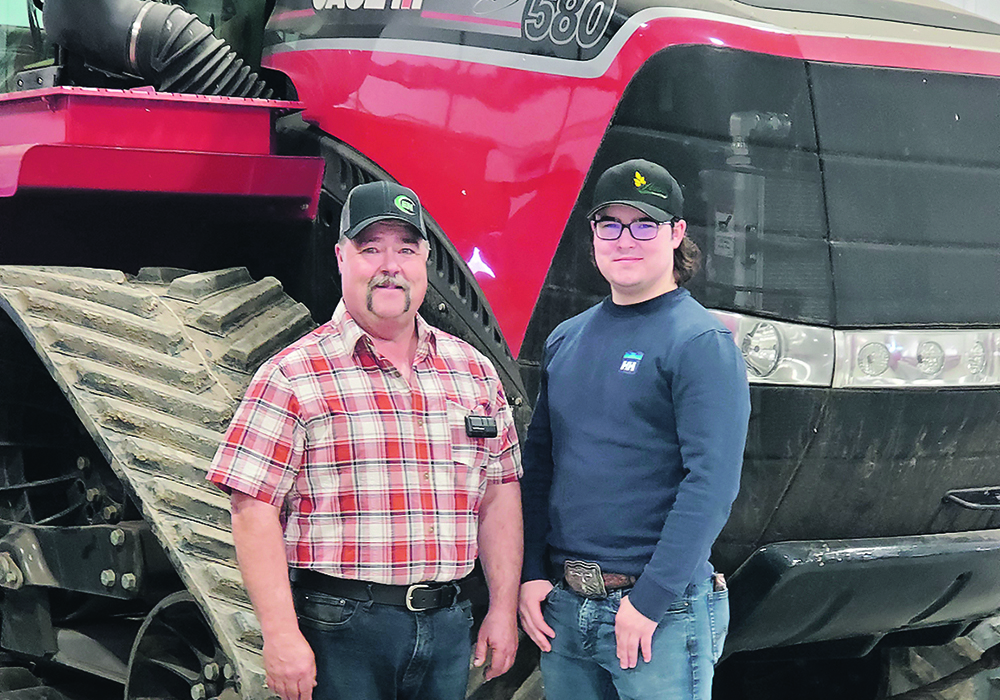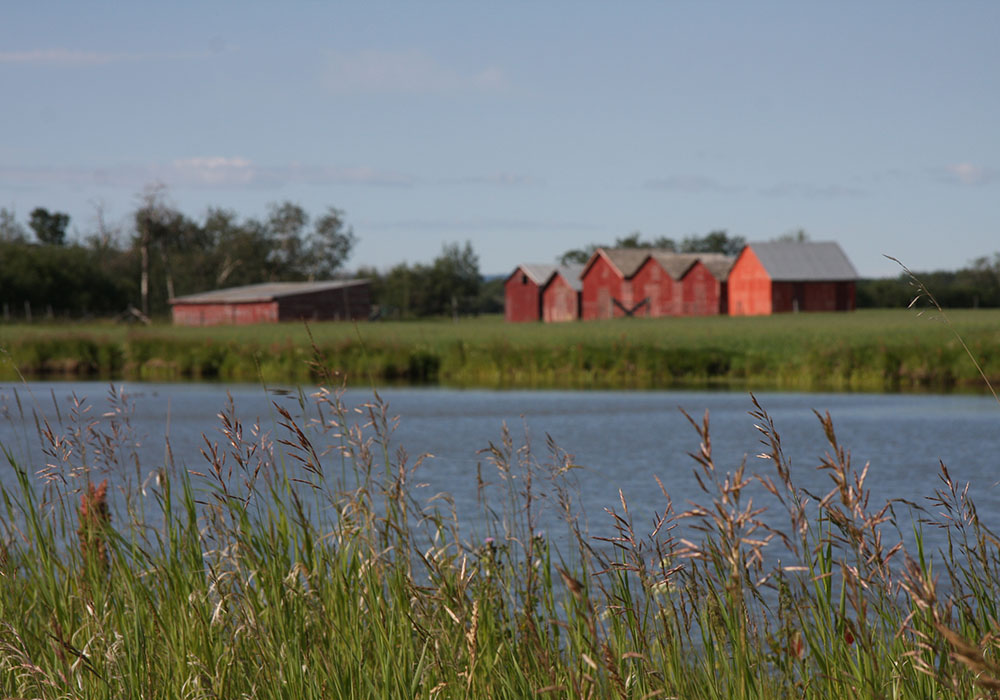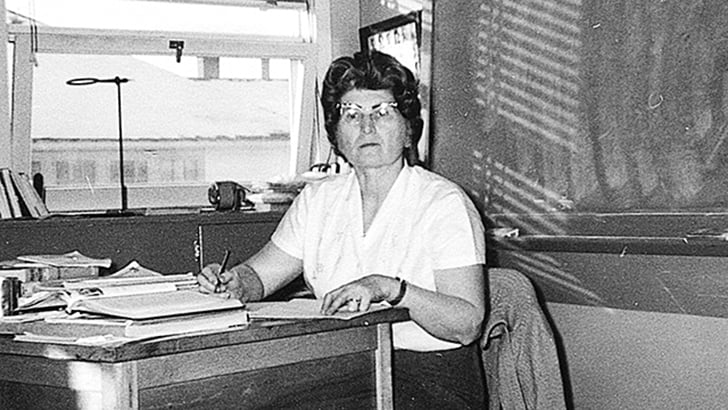Management structure to sustain quality of life | ‘We will leave the land better than we found it’: B-C Ranch Inc.
MEADOW LAKE, Sask. — The Campbell family from Meadow Lake believes agriculture is the foundation of civilization.
“If we don’t take care of the land and the people, we won’t have civilization,” said the B-C Ranch’s patriarch, Don Campbell.
The sentiment is at the root of a meticulously crafted mission statement for the family’s 650 head cattle ranch, which supports Don and his wife, Bev, son Mark and his wife, Bluesette, and son Scott and his wife, Jenna.
Daughters Marie and Grace live in Calgary but also maintain a stake in the 4,200 acre ranch in northwestern Saskatchewan.
Read Also

Students urged to consider veterinary medicine
Alberta government makes $86.5 million investment in University of Calgary to double capacity for its veterinary medicine program to address labour shortages in the field.
Responsibilities are split into four areas.
“Scott is in charge of going to the sale, relations with buyers, keeping an ear out for what’s happening in the industry,” said Bluesette.
Mark manages finances, bills, budgeting and monthly monitoring, while Bluesette takes care of the people, focusing on building individuals and the team.
People assigned to a particular job have responsibility for their area but can delegate to others.
“The person is in charge of that area but not solely responsible,” said Bluesette.
“If someone is left here by themselves, they would be proficient.”
The family calls upon the ranch experience of Don, who worked as a veterinarian in Biggar, Sask., and Bev, who everyone agreed holds the family together and helps with grandchildren.
Bluesette said education, communication and networking are key to the operation.
Decisions are made by consensus at weekly meetings.
“It’s what’s best for the ranch, not whose decision it is,” said Don.
“We spent a lot of time planning.”
The B-C Ranch began with Don’s parents, Bruce and Clare, in the 1940s.
Sweeping views of the Beaver River, a dike and floodplain from the Campbells’ hilltop homes and a good water supply are among the attributes of their country lifestyle.
The family’s succession planning enables Bev and Don to serve in advisory and backup roles while allowing time for presentations they give on holistic management practised at B-C Ranch.
“With three different families involved, we have time to do whatever is important to us,” said Don.
“We manage our business, it’s not managing us.”
Added Bev: “We spread the message there’s a better way.… They can have a better life like we’ve had. This land sustains us. We’re striving to do things better and improve things.”
It allows time for community pursuits, such as Mark’s work as a school trustee and visits to Bluesette’s family in Montana.
“This type of structure allows us to improve our community and ourselves,” said Bluesette.
Don took a six day course in holistic management in Devon, Alta., where he learned how to care for people, improve the land and make a profit. It spawned a club in which he is still involved.
The Campbells created their family farm plan with the help of a facilitator in a neutral location off the farm.
“We had a clear template before we came home,” said Don, who doubts his children would have joined the operation without holistic management creating a profitable ranch and good family life.
It looks at creating goals on quality of life and what is valued, what success looks like, the forms of production that can be produced at a profit to sustain quality of life and what the land needs to look like to support the family today and into the future.
“There’s a balance between all of them. That’s the key to our success and how we’re able to make good decisions,” said Bluesette, who has also taken courses in holistic management with Mark.
They meet regularly with a group of ranchers using a resource known as Profitably Living in Alliance with Nature.
The group looks at when to sell dry cows, marketing, how to feed more economically with the least amount of work, grazing and recovery.
“It’s a sounding board for making better decisions,” said Bluesette.
To maintain better control, they have a weigh scale and direct sell their cattle from the farm, using an electronic auction mart and the local auction mart in Meadow Lake when needed. They normally hold onto their calves for a year.
A dike built in 1966 by Ducks Unlimited protects habitat on the floodplain.
Don said wolves are a challenge in this heavily wooded region, but annual winter trapping keeps the threat down.
“As long as we control it, it’s not much of a problem,” he said.
The cattle are moved each week, drawing on Bud Williams’ low stress handling techniques.
“You work with the cattle, not against them,” said Mark.
They use the cattle and the “diamond pies” they leave behind as “part of our wealth” to improve the land.
The Campbells avoid open ground, maintain porous soil to make the best use of limited rainfall and allow 85 days of recovery for their dense pasture grasses.
“This year, we used what fell onto the ground more effectively,” said Bluesette.
The B-C Ranch received an environmental stewardship award in 2008 from the Canadian Cattlemen’s Association for its work in contributing to the long-term sustainability of land and water resources.
“If we have healthy plants, it’s all a chain in lessening disease,” said Don.
“It does a lot for your bottom line.”














